INVISIBLE SUBURBS - Part 1 / Tokyo
The two main Japanese urban areas are characterized by city centres, which we certainly cannot define as 'historical', as in European cities. In Japan, differentiating between Osaka and Tokyo is not easy, and as you move out into the suburbs, it is almost impossible. The structure of the suburban fabric, in fact, faithfully mirrors the social fabric, which, in turn, enhances the conformity of things and people. As a result, one feels lost and at ease in apparently recognizable places, but in reality, they are only replicas of thousands of other identical sites.
The two main Japanese urban areas are characterized by city centres, which we certainly cannot define as 'historical', as in European cities. In Japan, differentiating between Osaka and Tokyo is not easy, and as you move out into the suburbs, it is almost impossible. The structure of the suburban fabric, in fact, faithfully mirrors the social fabric, which, in turn, enhances the conformity of things and people. As a result, one feels lost and at ease in apparently recognizable places, but in reality, they are only replicas of thousands of other identical sites.
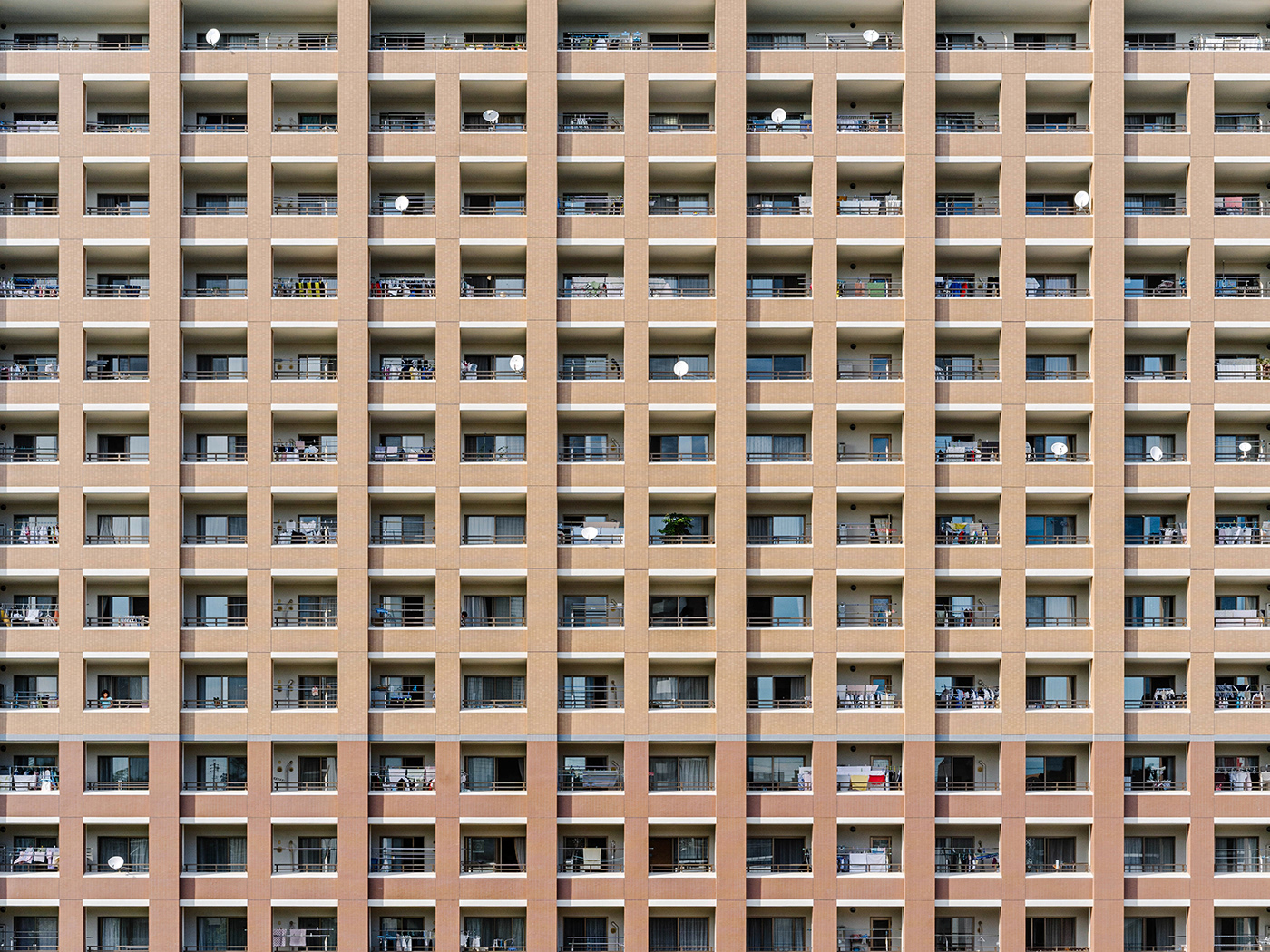
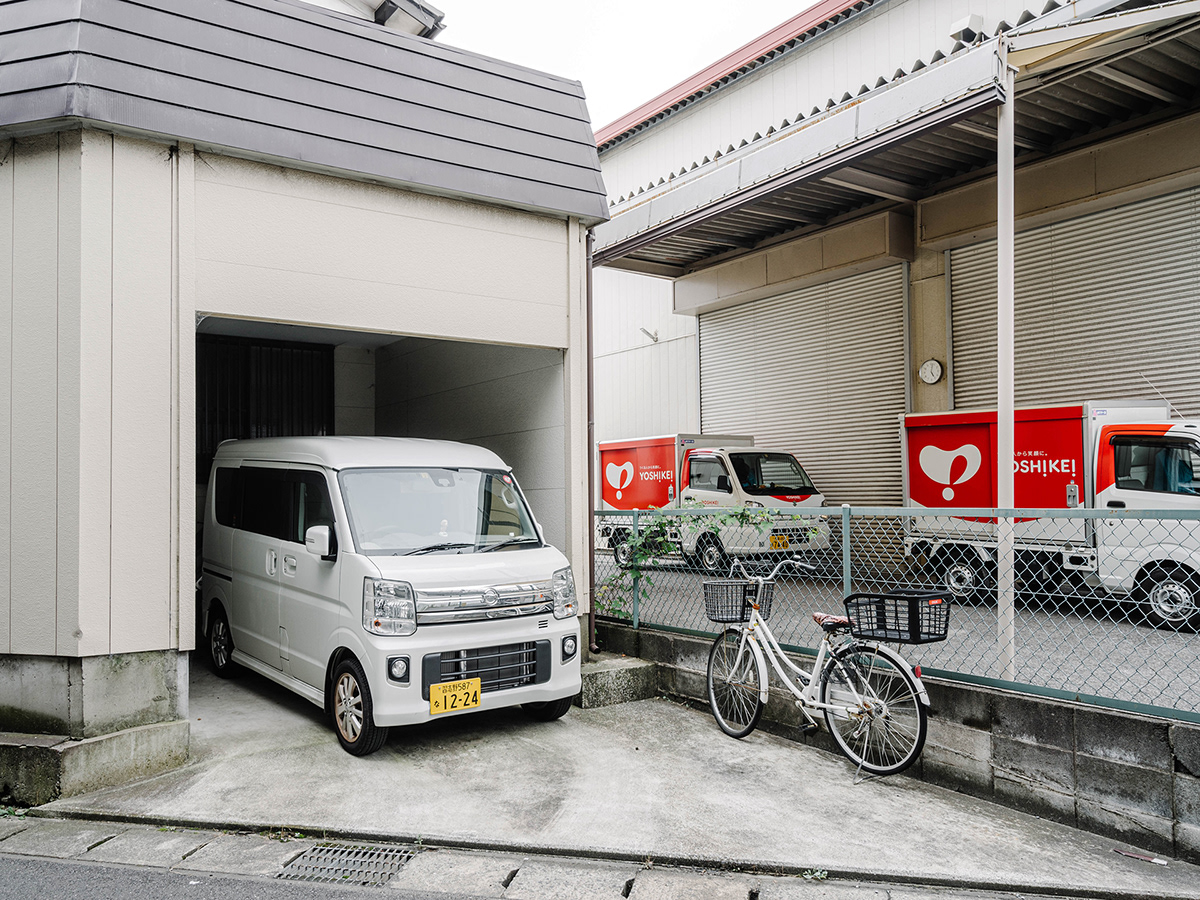
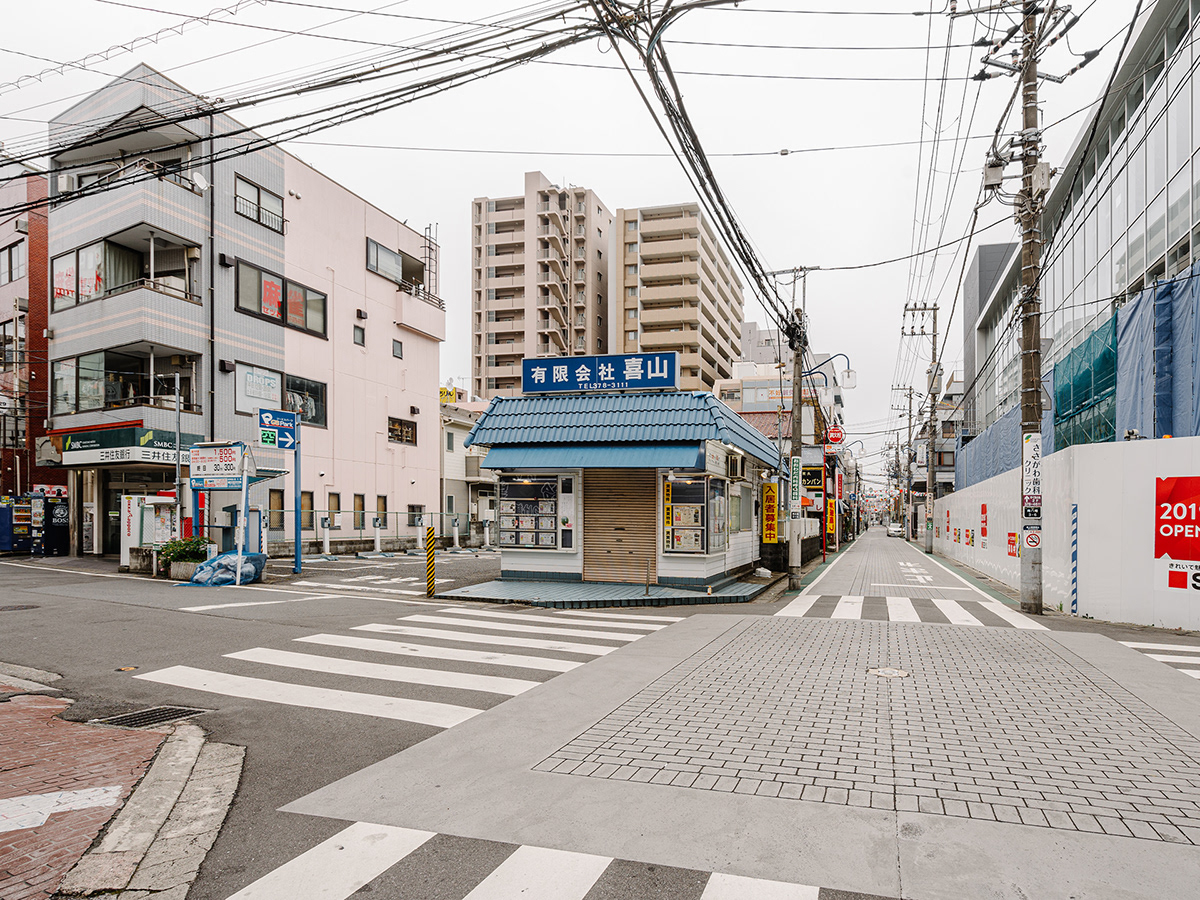

Moving away from the centre towards the suburbs, buildings gradually shorten in height, and large buildings, called mansions, leave room for many low houses that trace a network of increasingly narrow streets, where every inch of land is used. All this is typically in Japanese order, where we are faced with conformity, very few points of reference, and an exasperating lack of street names and house numbers.
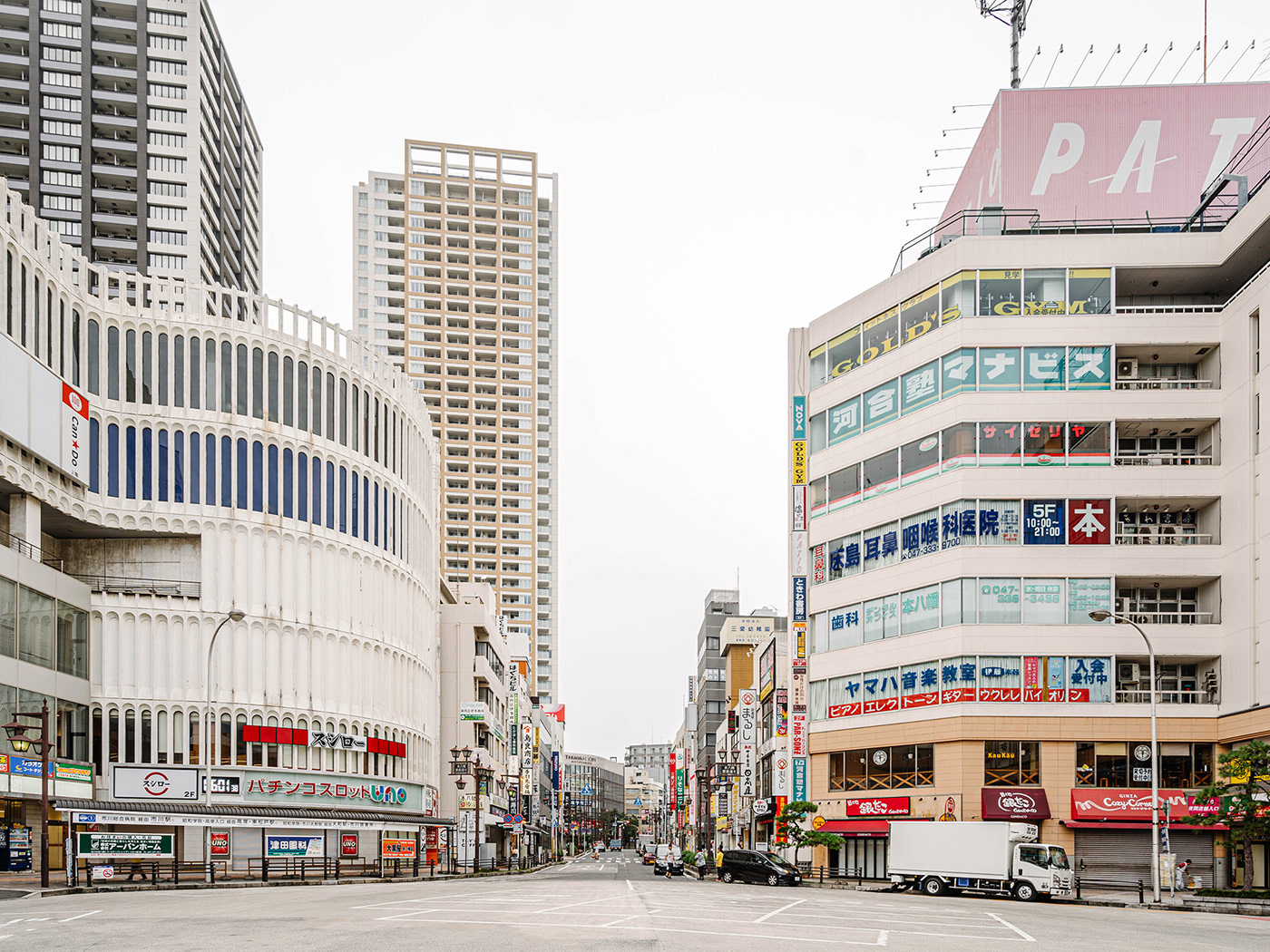
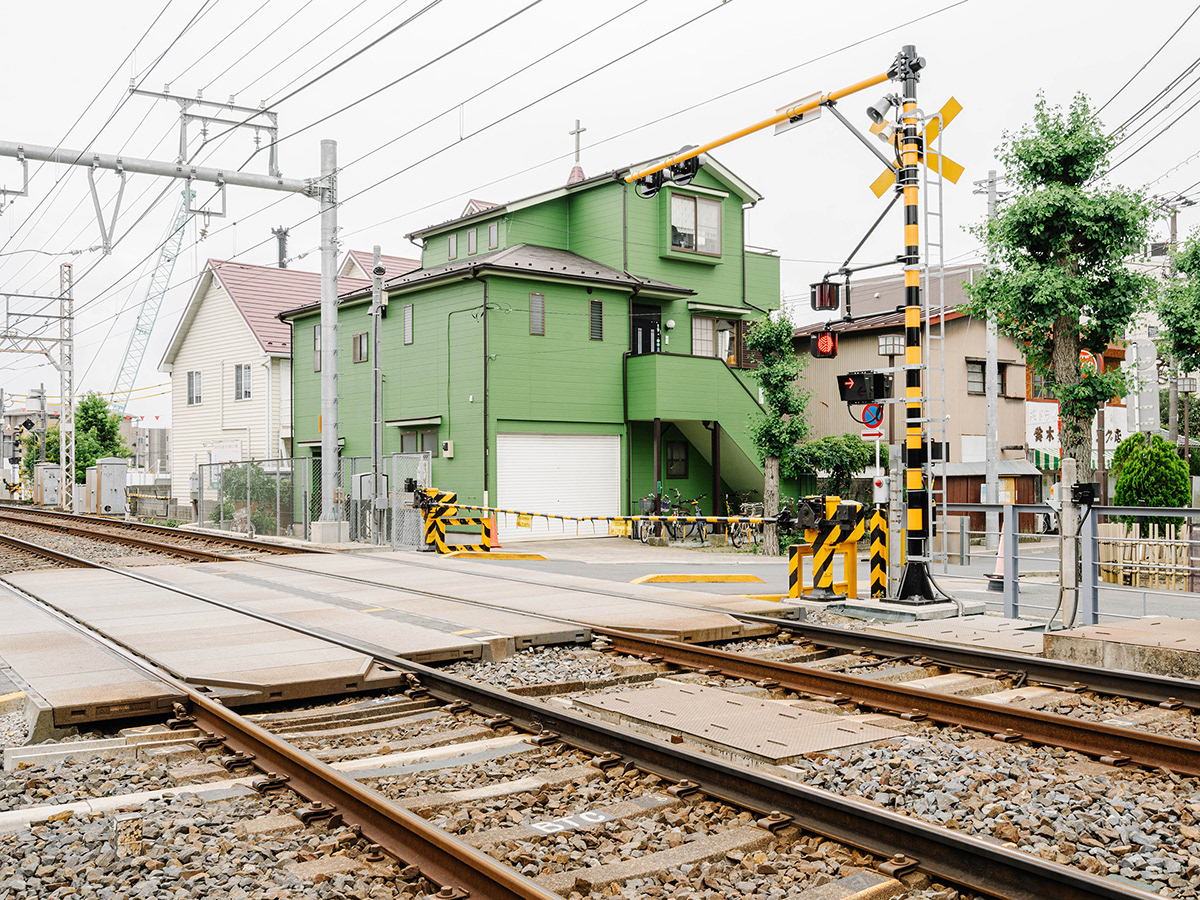
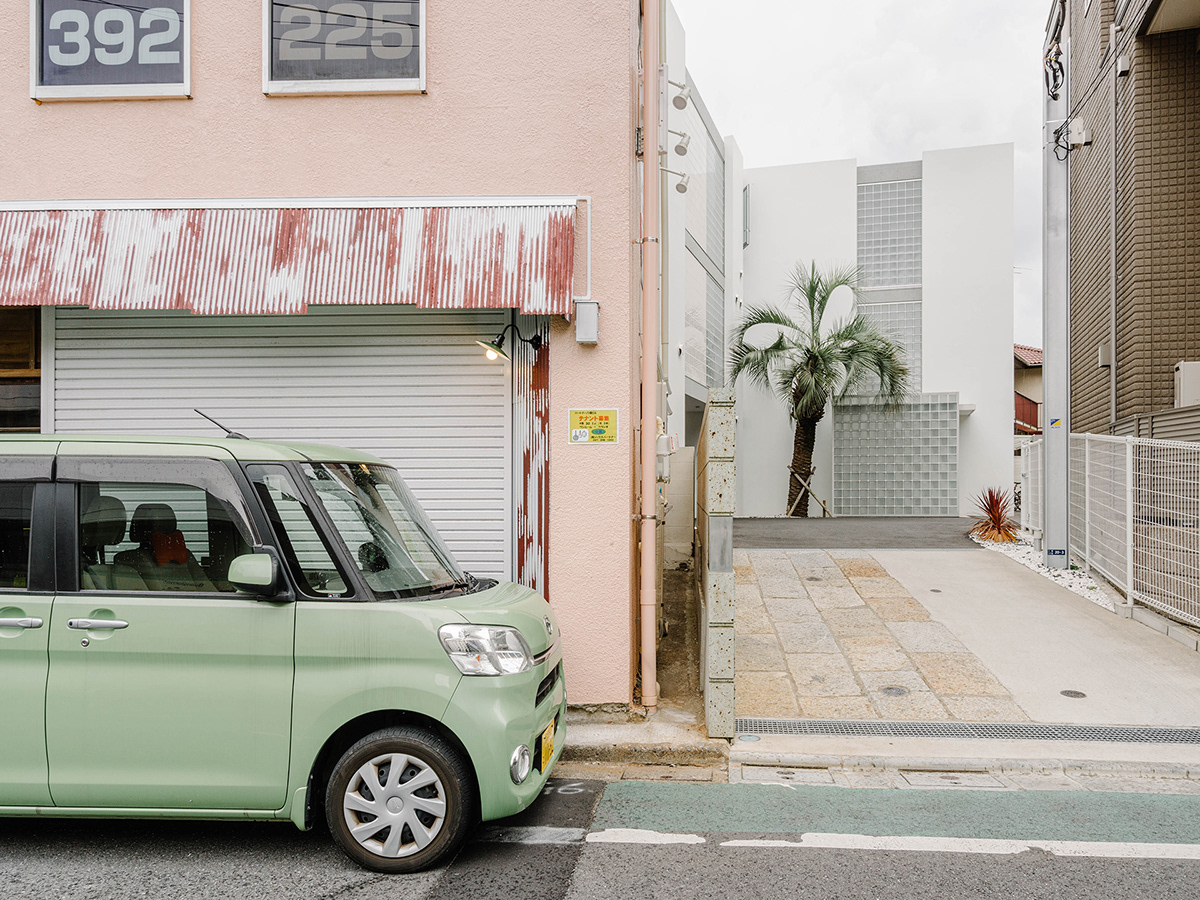
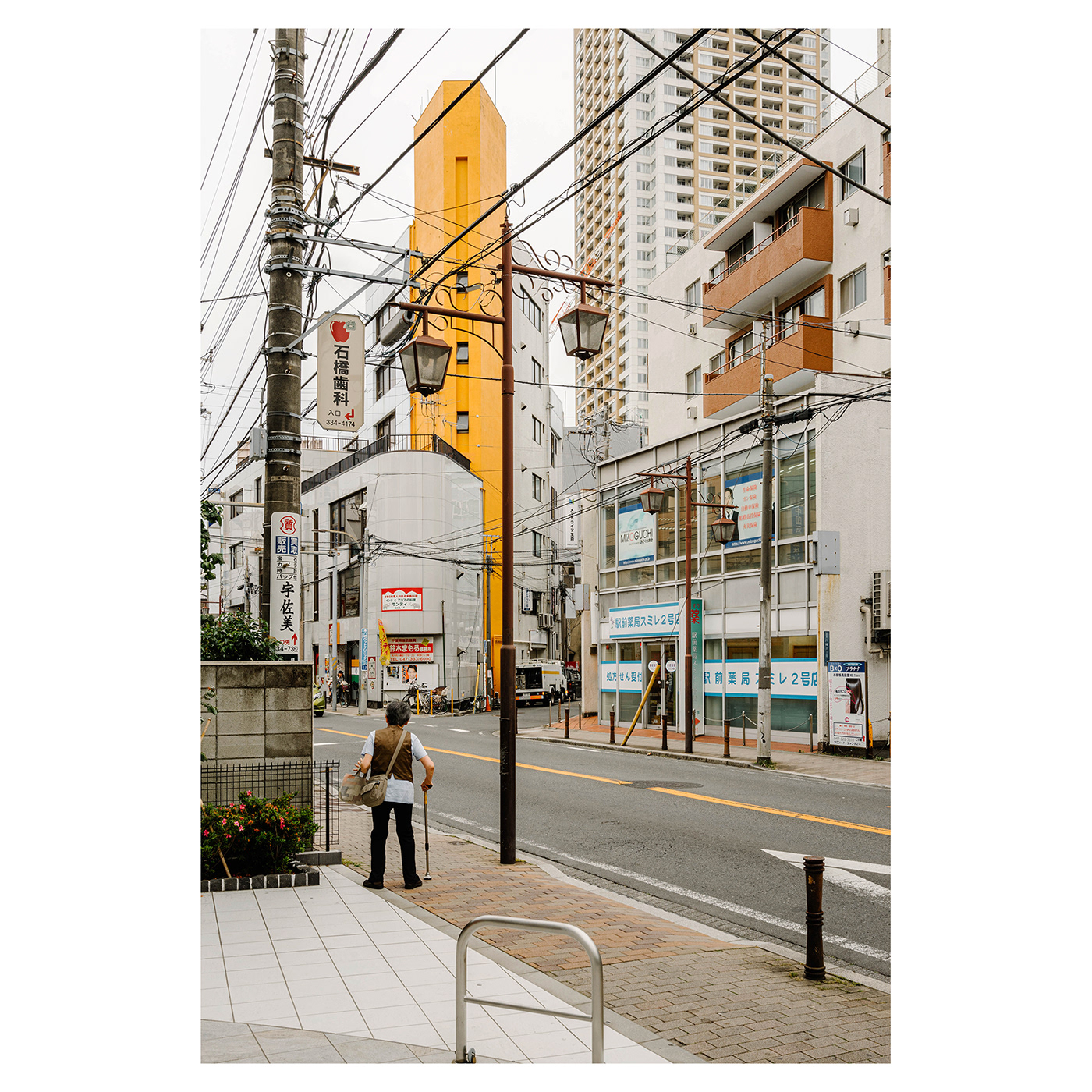
In such an urban environment, it is not surprising that there is no city centre or main square, the only point of reference or meeting point being the railway station. The station becomes a hub, around which commercial and entertainment activities spring up in more significant numbers in its vicinity, decreasing as you get further away and increasing once more at the next subway or railway station. Near the stations, there are also docking stations for bikes and multi-storey car parks.
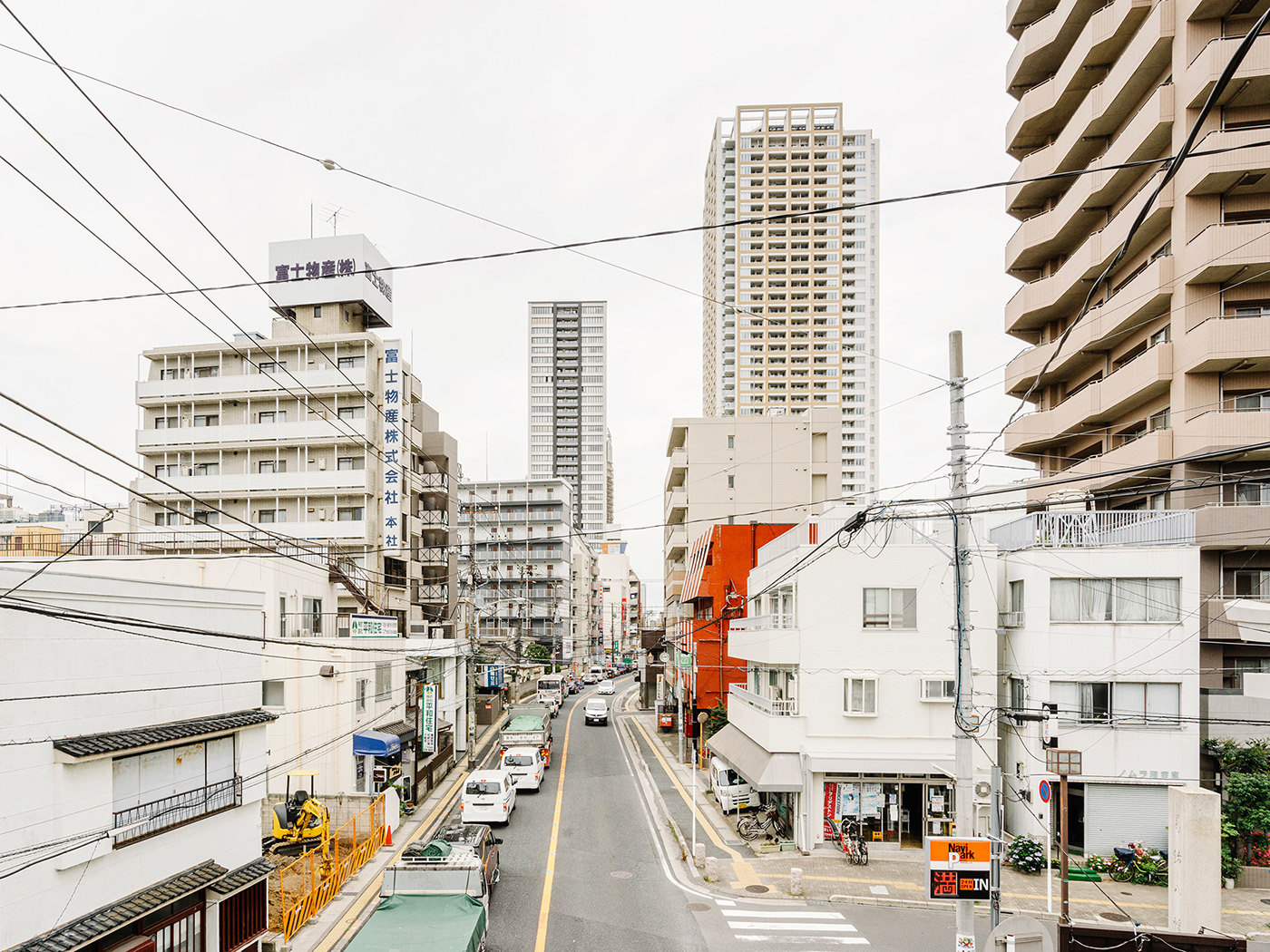
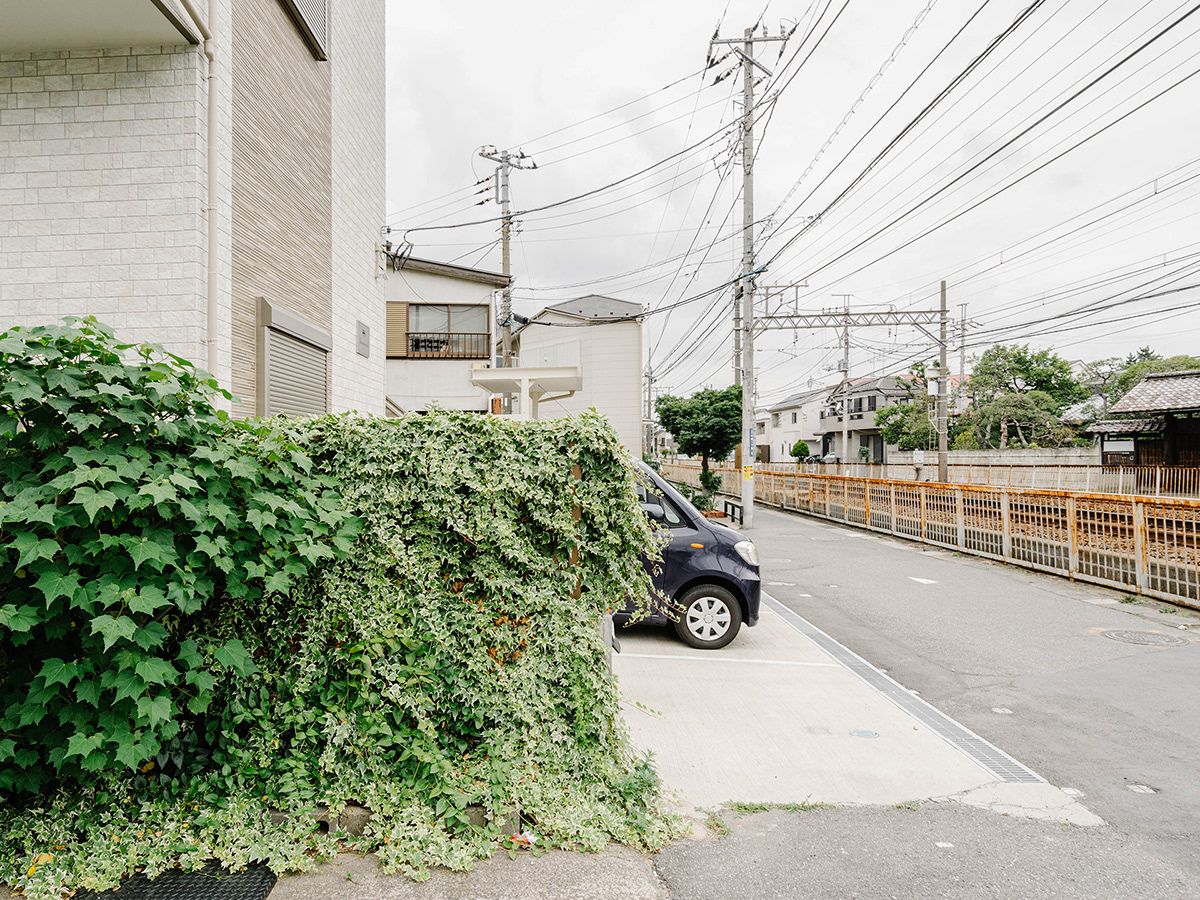
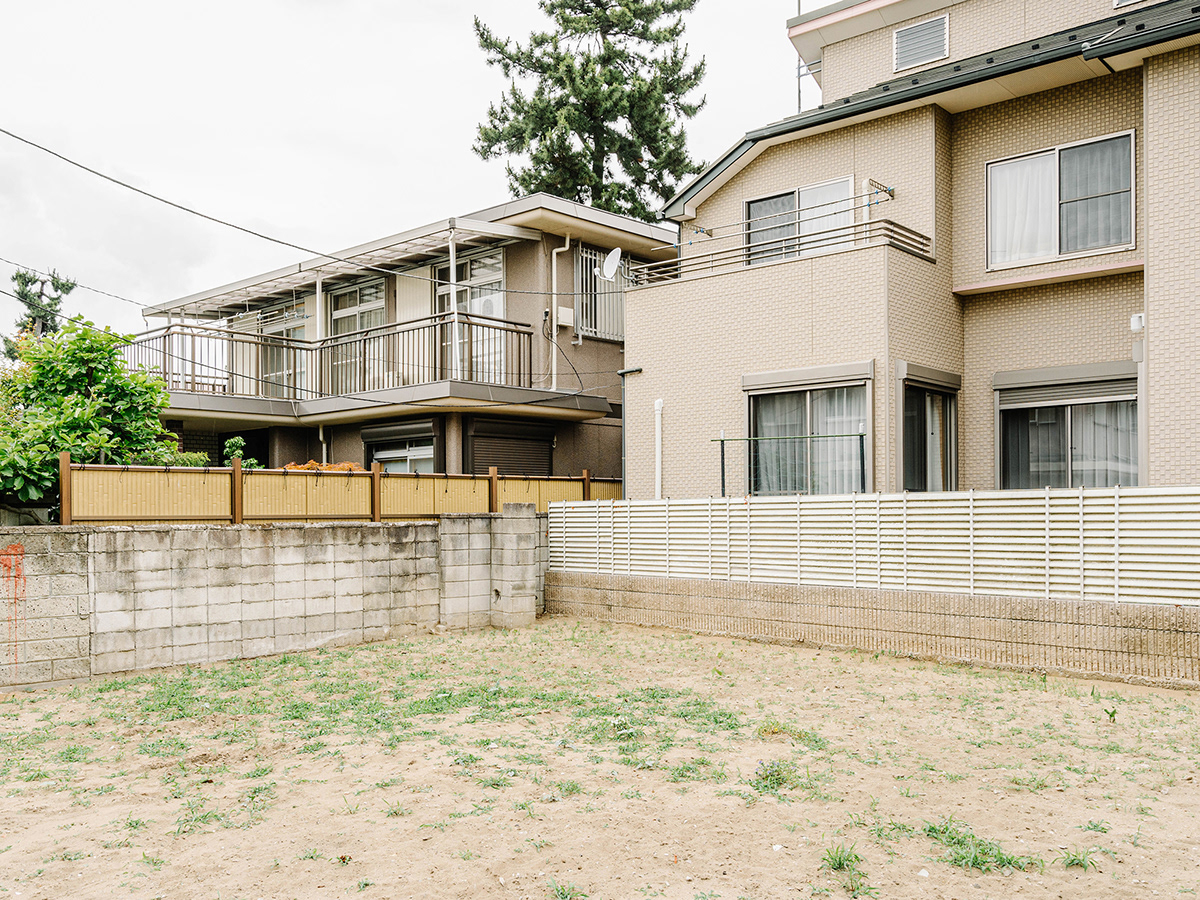

The laws that regulate parking in a country forever in search of order exalt great creativity in finding space for one's car in often unthinkable places. For example, in Japan, you cannot buy a car unless you possess a parking space (owned or rented), and as a result, there are no parking spaces on the road except for some rare exceptions. For this reason, you often come across cars tucked into backyards or parked in large car parks, an aspect that influences both the size of vehicles and the partition of the land on which houses are built.
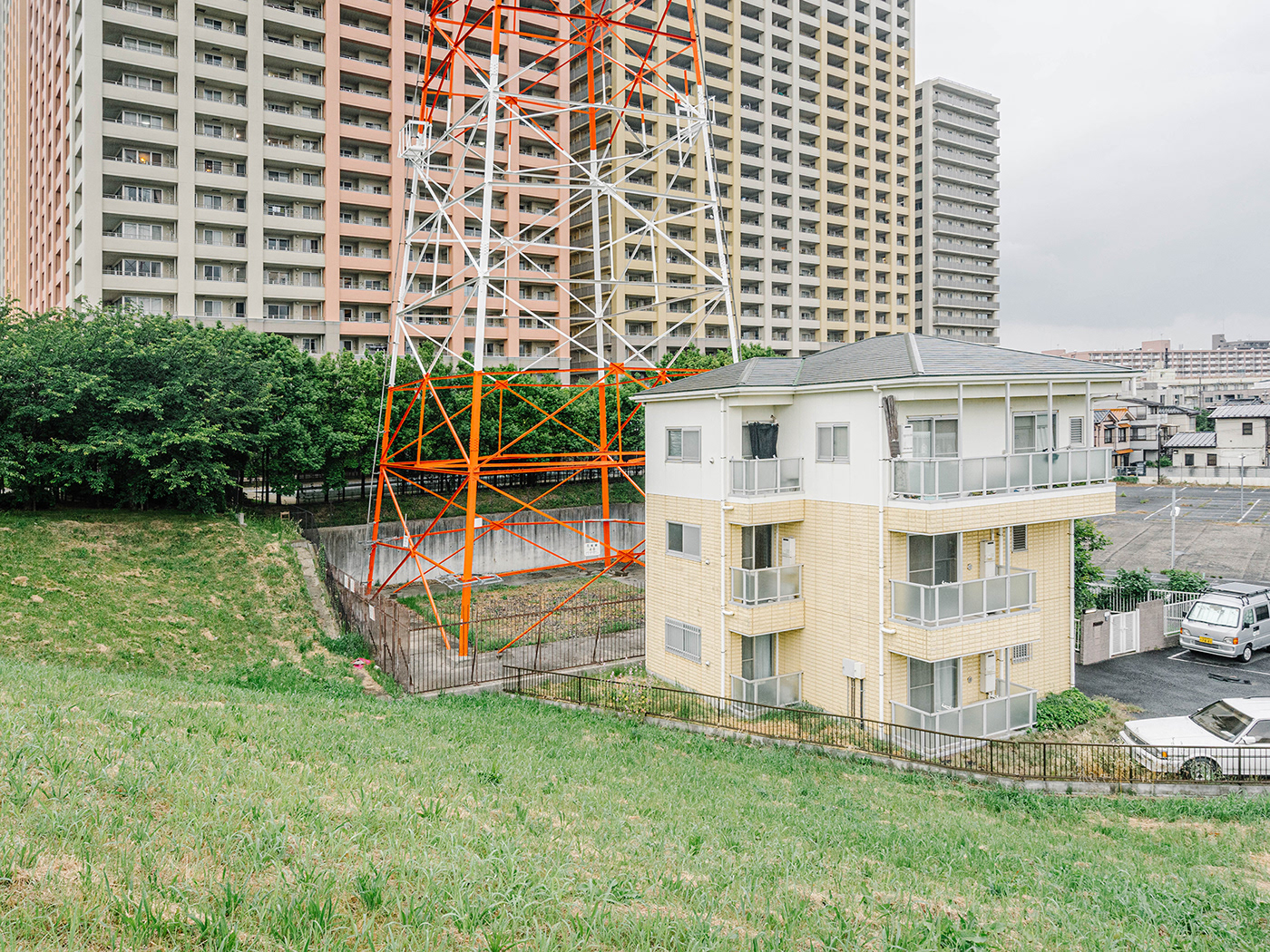
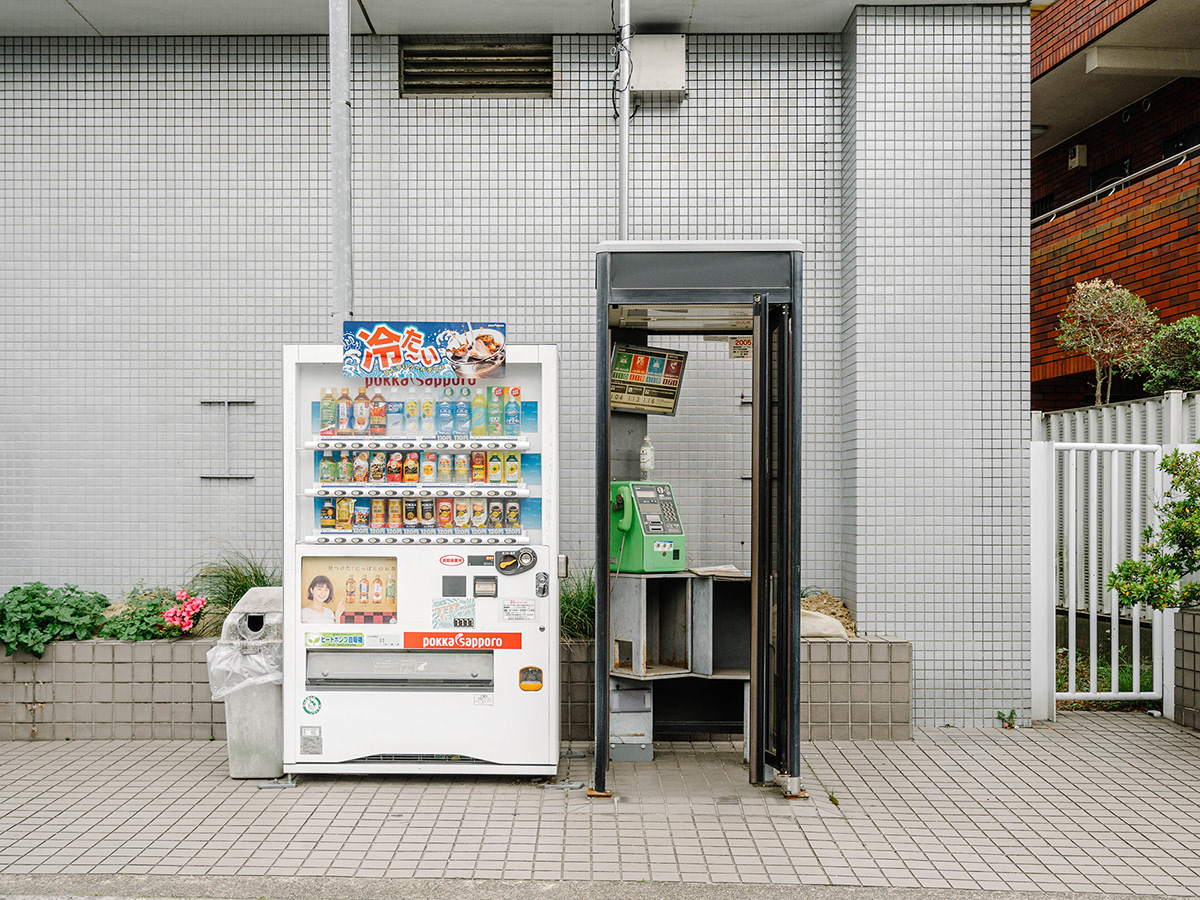

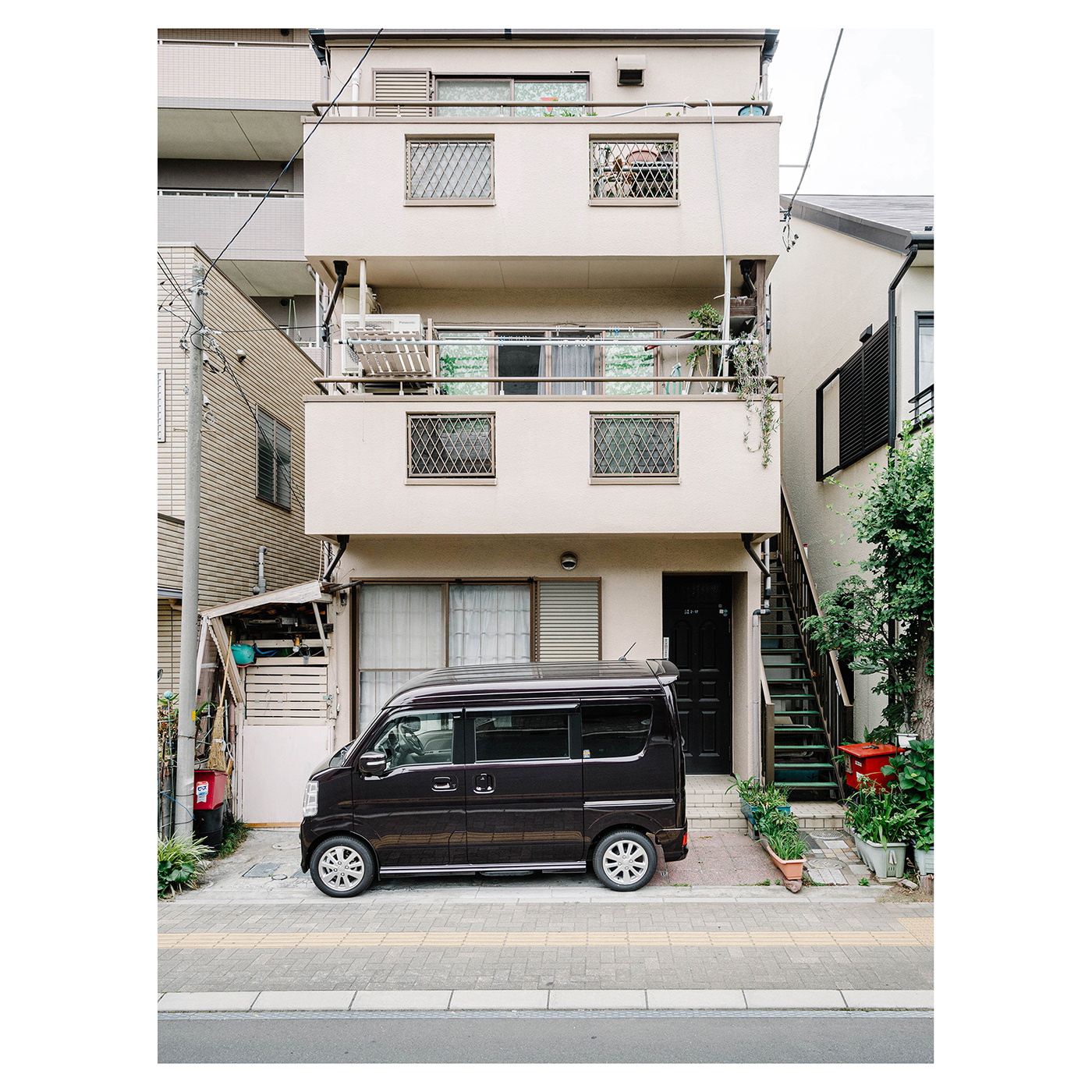
Unlike the western suburbs, those in Japan are always very peaceful and immersed in silence, where you can find anything you need without moving. The basic idea is to recreate in each of these 'satellite cities' the same network of services as the city itself, so that people can live and not just sleep there. The result is surreal: you cross different cities without even realizing it, all identical, with identical services, shops, restaurants and sports facilities.
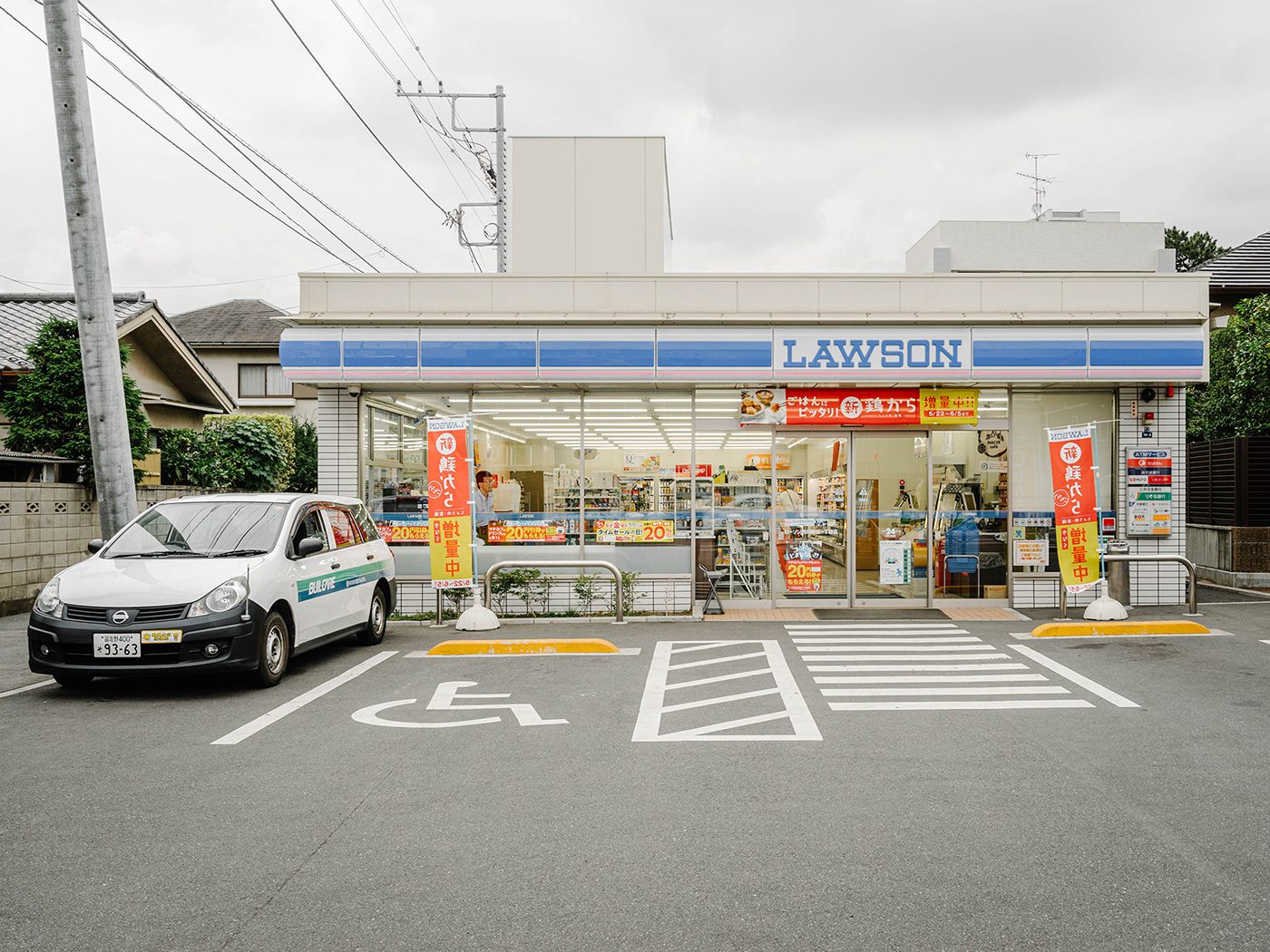
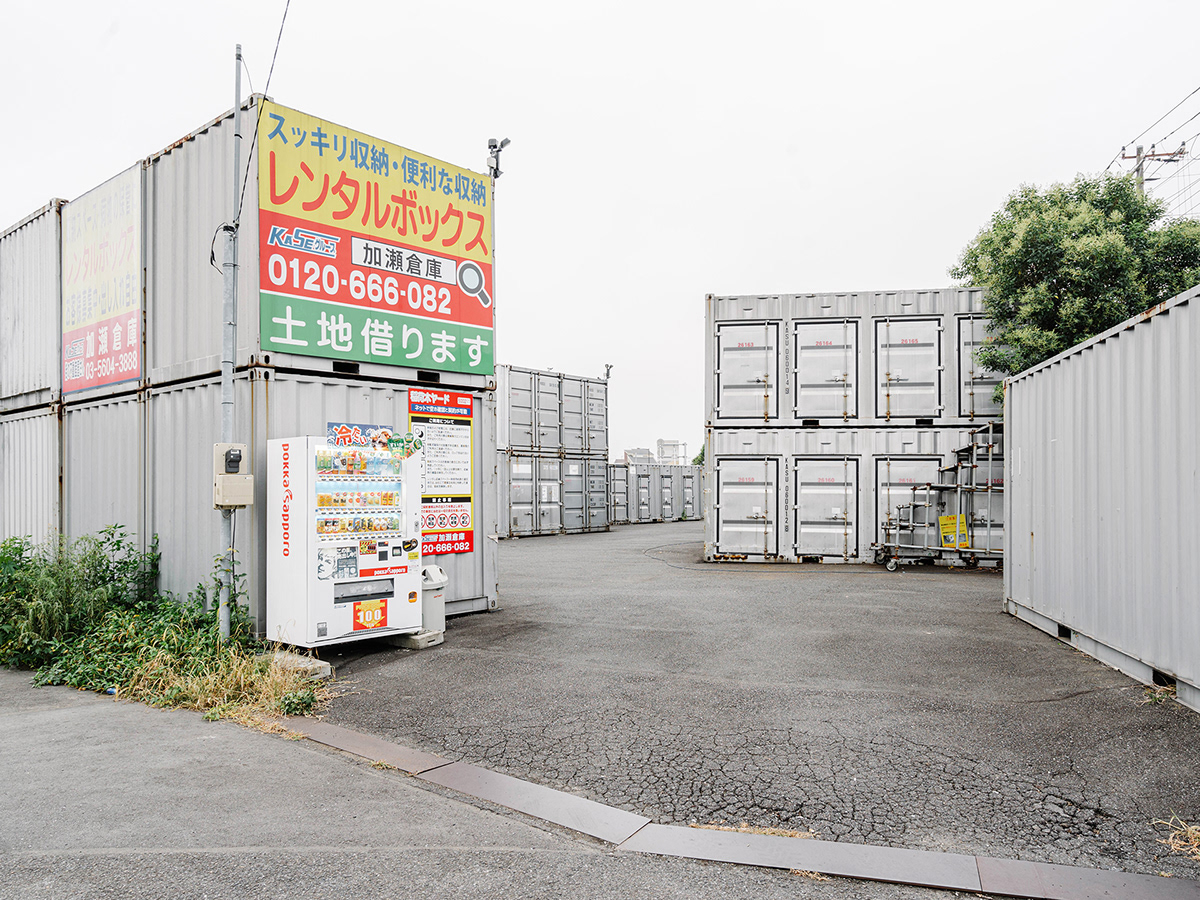
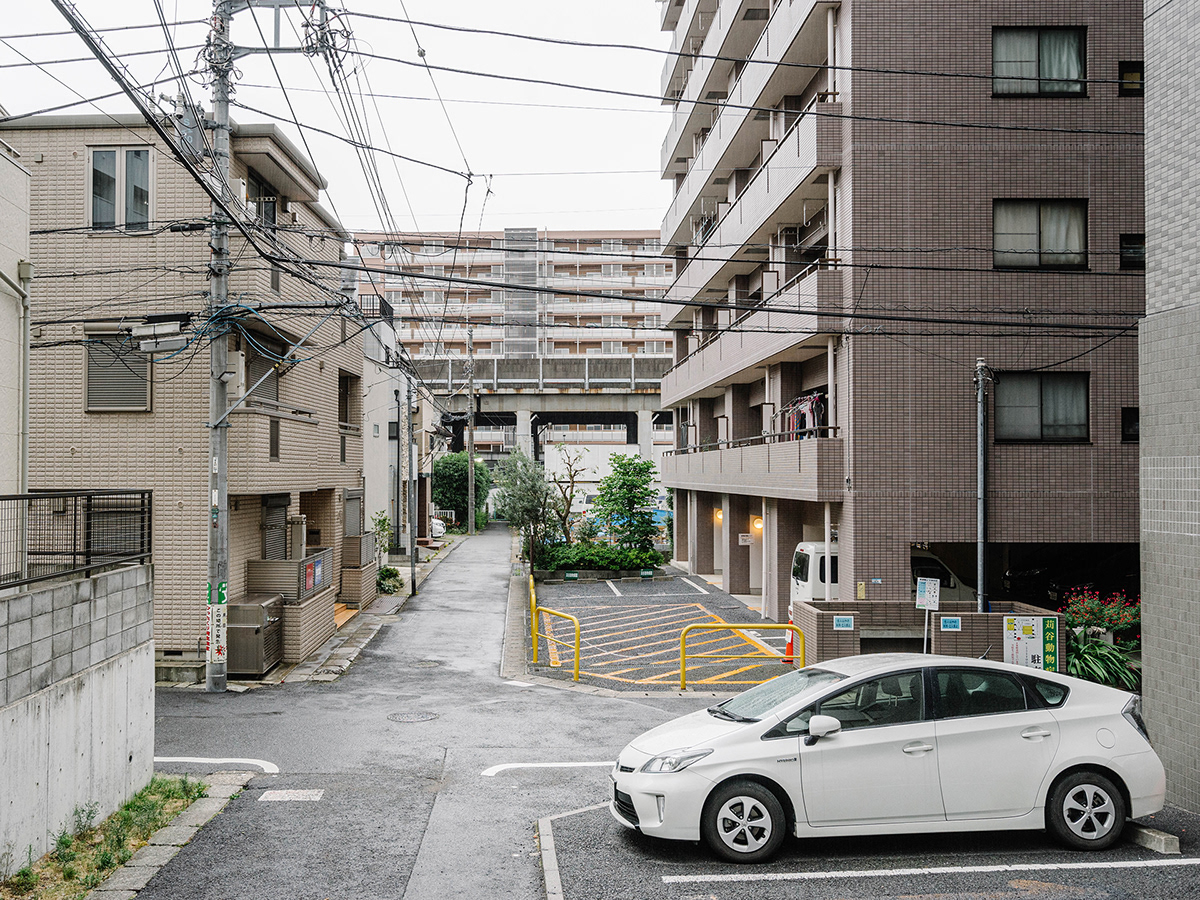
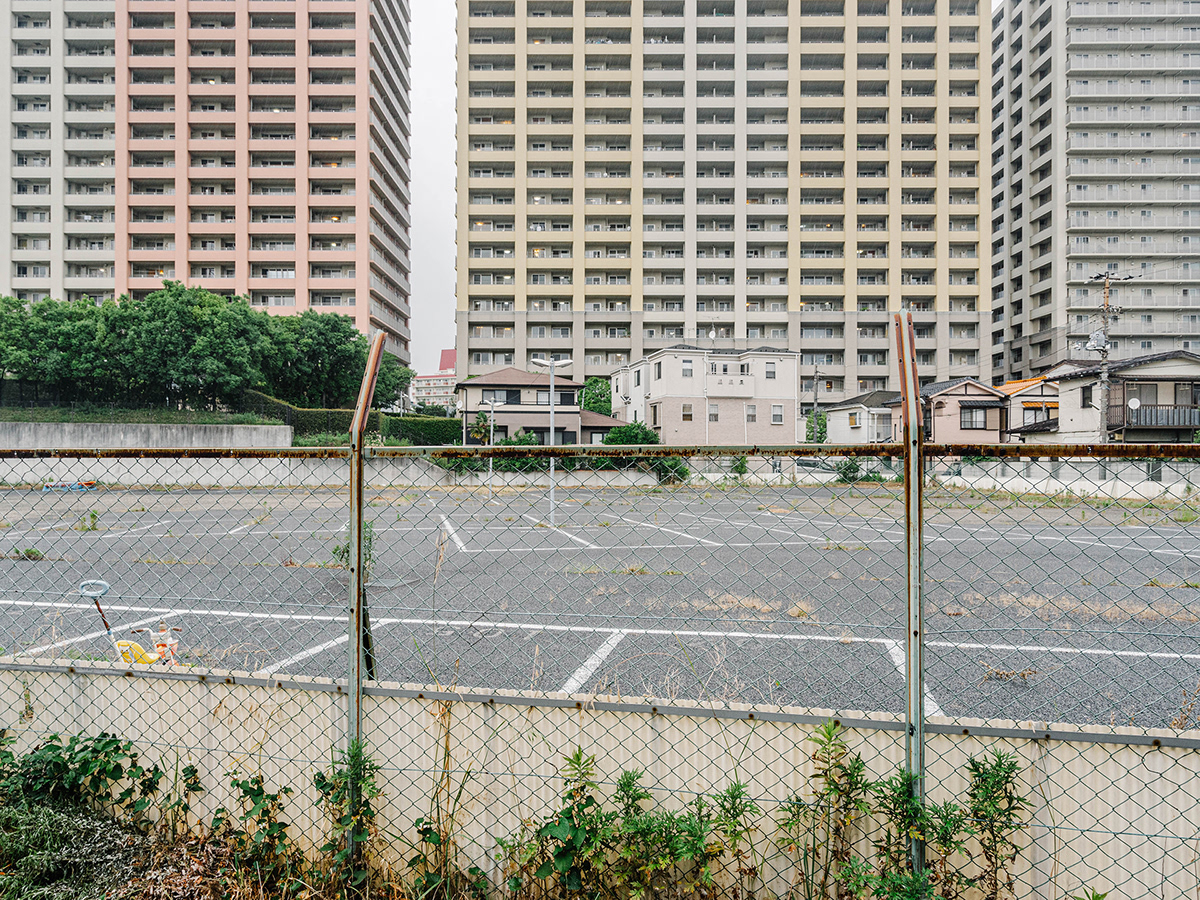
The suburbs in Japan are cumbersome, with vast aggregations of tiny houses and some sporadic blocks of flats that stand out on the horizon, crossed by large arterial roads and connected by impeccable public and private transport networks. Yet, wherever you happen to look, everything is always the same. There seems to be nothing to see that makes it worthwhile to be in one place rather than another, everywhere so crammed that it looks invisible.



